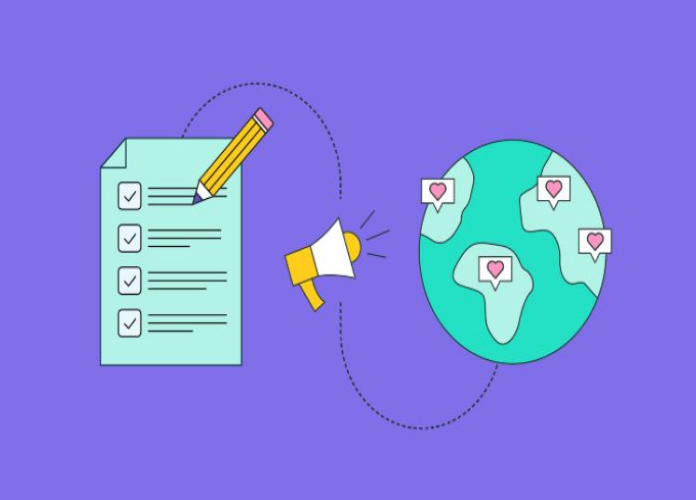
Step 1: Understand Your Debt Landscape
Before attacking debt, know exactly what you’re dealing with. Create a debt inventory:
| Credit Card A | $5,000 | 24% APR | $150 |
| Student Loan | $25,000 | 6% APR | $300 |
| Car Loan | $10,000 | 8% APR | $250 |
Why this matters: Seeing the full picture helps prioritize repayment and track progress.
Strategy 1: The Debt Snowball Method (Quick Wins)
How it works: Pay off debts from smallest to largest balance while making minimum payments on others. After eliminating one debt, roll its payment into the next.
Example:
- Pay $500 per month toward a $2,000 medical bill (while covering minimums on other debts).
- Once paid off, add that $500 to your $5,000 credit card payment.
Why it works: Psychological wins build momentum. Popularized by Dave Ramsey, this method keeps motivation high.
Tool: Use apps like Undebt.it to visualize progress.
Strategy 2: The Debt Avalanche Method (Save on Interest)
How it works: Target debts with the highest interest rates first while paying minimums on others. Mathematically optimal.
Example:
- Focus extra payments on a 24% APR credit card before tackling a 6% student loan.
Why it works: Reduces total interest paid, accelerating long-term savings.
Best for: Disciplined planners focused on efficiency over quick wins.
Strategy 3: Debt Consolidation (Simplify Payments)
Combine multiple debts into one loan or balance transfer card with a lower interest rate.
Options:
- Balance Transfer Cards: 0% APR for 12–18 months (e.g., Chase Slate Edge).
- Personal Loans: Fixed rates (often 6–12%) to pay off high-interest credit cards.
Why it works: Streamlines payments and cuts interest costs.
Caution: Avoid new debt while repaying the consolidated loan.
Strategy 4: Negotiate with Creditors
Creditors often prefer partial payments over defaults. Tactics include:
- Lower APR: Call and request a rate reduction (cite good payment history).
- Settlement: Offer a lump-sum payment (e.g., 50% of the balance) to close the debt.
Why it works: Reduces financial strain and speeds up repayment.
Tool: Use nonprofit credit counseling agencies like NFCC for free negotiation support.
Strategy 5: Budget Like a Pro
Allocate extra cash to debt by:
- Trimming Expenses: Cut subscriptions, dine out less, or downsize housing.
- Increasing Income: Freelance, sell unused items, or pursue a side hustle.
Example: Redirecting $300 per month from budget cuts to debt can erase $5,000 in 17 months (assuming 15% APR).
Why it works: Focused cash flow accelerates repayment.
Tool: Apps like You Need a Budget (YNAB) help allocate every dollar.
Strategy 6: Credit Counseling & Debt Management Plans (DMPs)
Nonprofit agencies like Money Management International offer:
- Free Budget Reviews: Identify leaks.
- DMPs: They negotiate lower rates/waived fees, and you make one monthly payment to the agency.
Why it works: Professional guidance and structured plans prevent overwhelm.
Strategy 7: Avoid New Debt
Prevent backsliding by:
- Using cash/debit cards instead of credit.
- Building a $1,000 emergency fund to cover surprises.
- Unsubscribing from retail marketing emails.
Why it works: Breaks the cycle of reliance on credit.
Common Debt Management Mistakes
- Ignoring High-Interest Debt: Prioritize crushing credit cards over low-rate mortgages.
- Paying Only Minimums: This prolongs repayment and multiplies interest.
- No Emergency Fund: Without savings, emergencies force you back into debt.















Leave a Reply